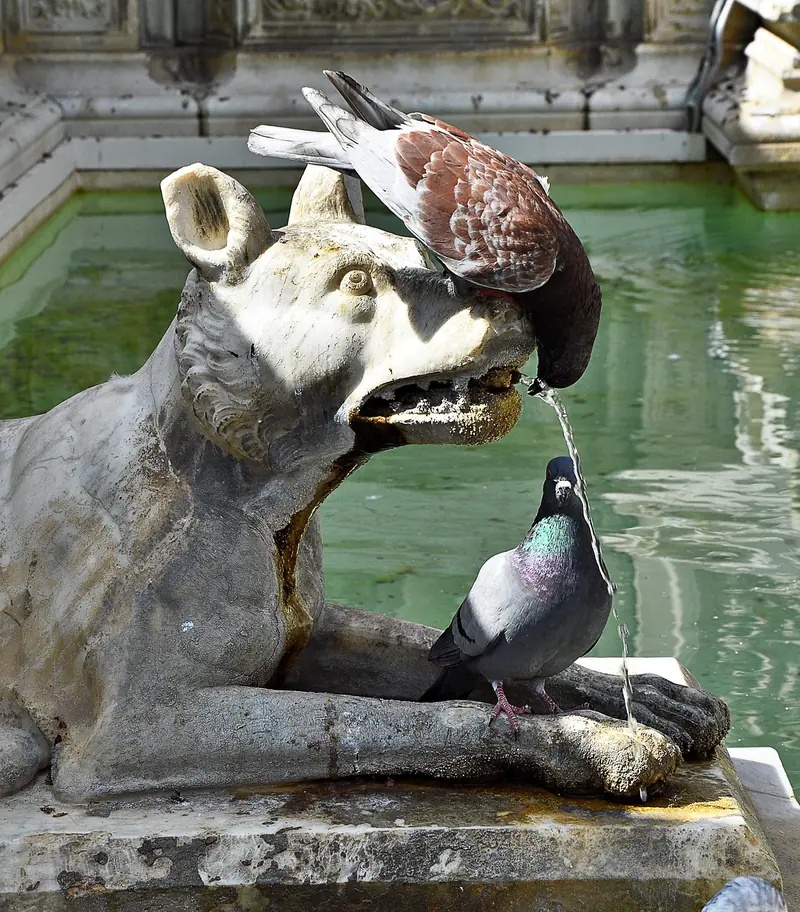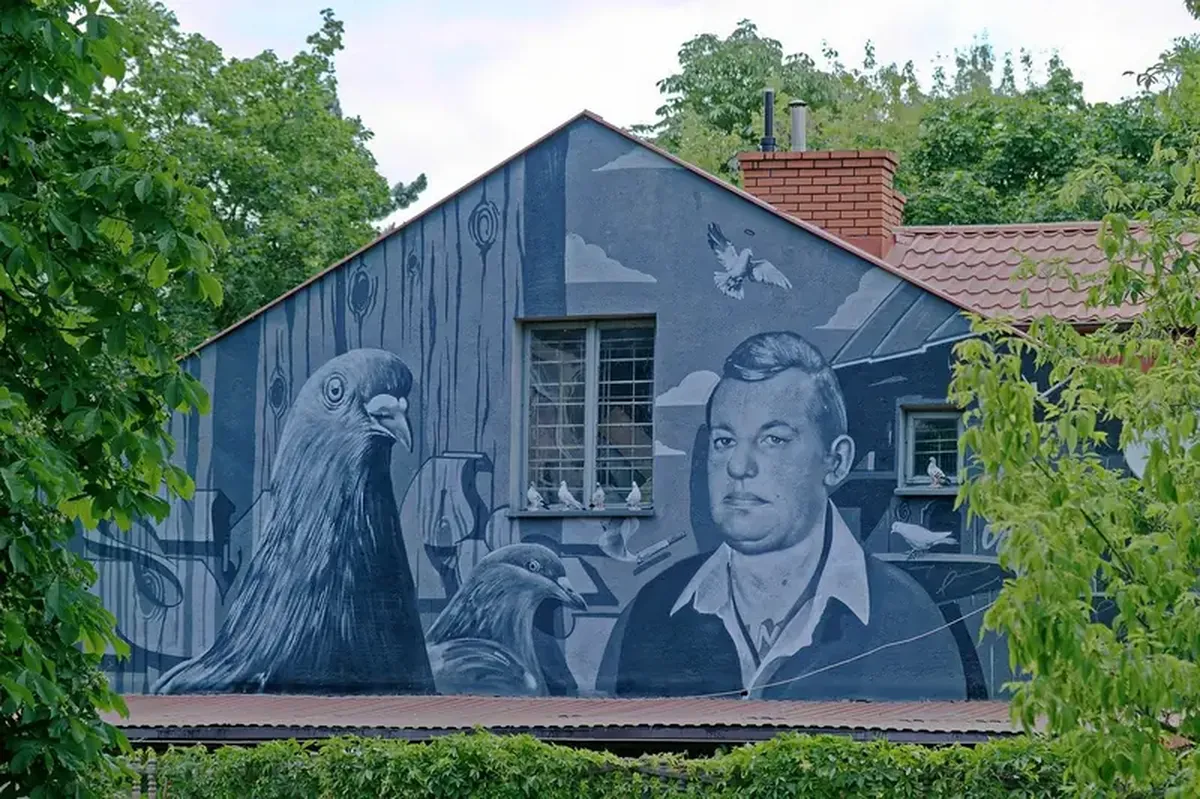
Art critics of the world, beware: pigeons might just take your job. This is thanks to a respected scientist who has taught a flock of these clever birds to “understand” art.
We’re talking about Shigeru Watanabe, an honorary professor of psychology at Keio University in Japan. Back in 1995, he demonstrated to the world that pigeons can distinguish between the paintings of Monet and Picasso. It’s no surprise that his team received an Ig Nobel Prize for that achievement.
The scientist wondered if the birds could go even further. For instance, could they tell good art from bad? Armed with four pigeons, some birdseed, and thirty children’s artworks photographed and uploaded to a computer, the professor set out to find out.
What Did the Scientist Discover?
Initially, Watanabe and ten adult observers evaluated watercolor and pastel works created by elementary school students. As a result, 15 pieces were categorized as “good,” while another 15 were deemed “bad.”
Then came the most interesting part: training the pigeons. They were shown images on a computer screen and rewarded with food if they pecked a button in response to a “good” piece. However, if the birds pecked the button when they saw a “bad” painting, they received no treats.
After an average of 22.5 sessions, all the pigeons could distinguish a “good” painting from a “bad” one. But did they simply memorize which works belonged to which group? Probably not, the researcher suggested.
Professor Watanabe continued his experiments. He showed the pigeons images they had never seen before. The birds pecked the button in response to “good” works more often than to “bad” ones. The same pattern emerged when they were shown smaller versions of the artworks, as reported by IFLScience.

Next, the scientist needed to determine the criteria the pigeons used to make their decisions. The professor decided to show the birds black-and-white and mosaic versions of the paintings. This time, the pigeons were not as adept at distinguishing “good” from “bad” art. This could mean that their judgments were largely based on color and shape.
“For a long time, it was believed that evaluating works of art was a skill exclusive to humans, but the experiments showed that with proper training, pigeons can also distinguish ‘good’ paintings from ‘bad,'” Watanabe stated.
However, one question remains unanswered: what criteria did the team of scientists use when determining the quality of the artworks at the beginning of the study?
As for whether the children’s comments were conveyed to the pigeons, the researchers did not disclose that information. The results of the study were published in the journal Animal Cognition.
